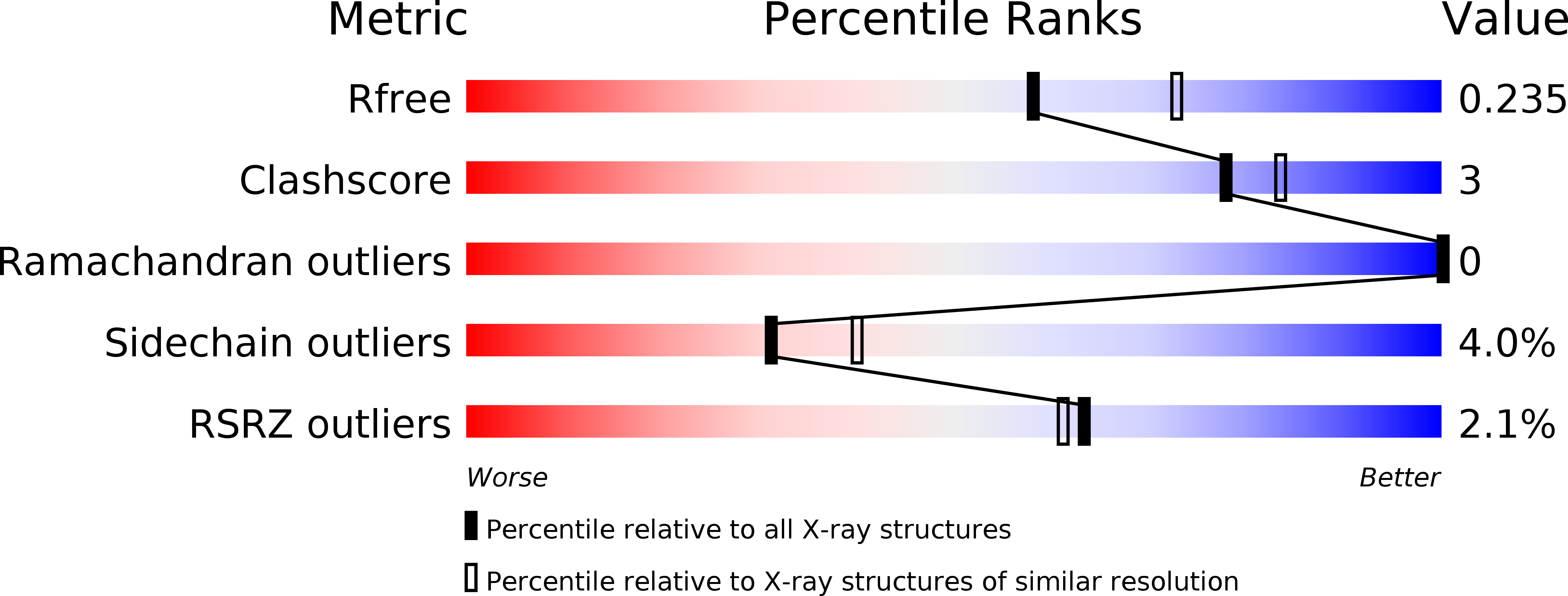
Deposition Date
2013-08-18
Release Date
2013-10-23
Last Version Date
2024-11-20
Entry Detail
Biological Source:
Source Organism:
Homo sapiens (Taxon ID: 9606)
unidentified herpesvirus, homo sapiens (Taxon ID: 39059, 9606)
unidentified herpesvirus, homo sapiens (Taxon ID: 39059, 9606)
Host Organism:
Method Details:
Experimental Method:
Resolution:
2.20 Å
R-Value Free:
0.23
R-Value Work:
0.19
R-Value Observed:
0.19
Space Group:
P 21 21 21


